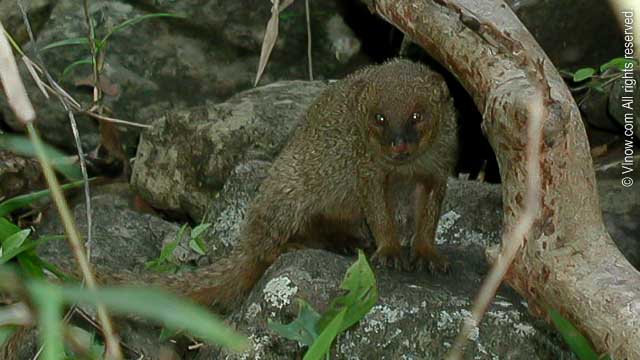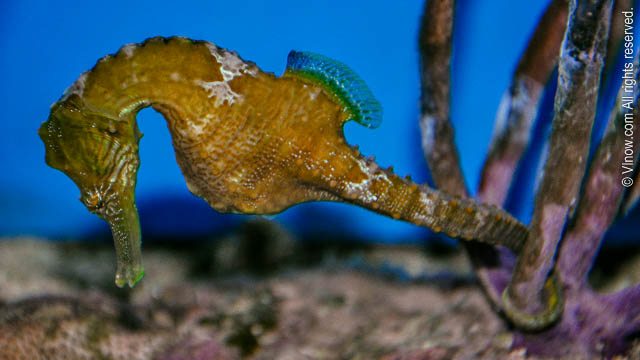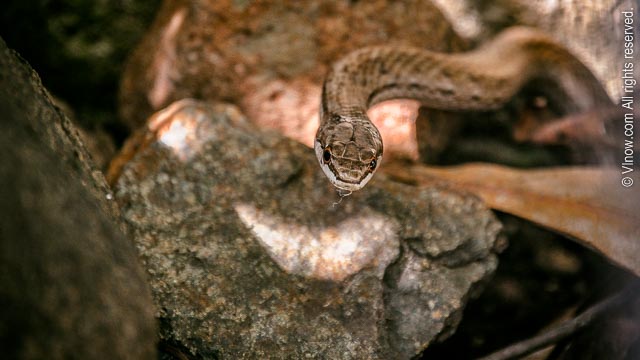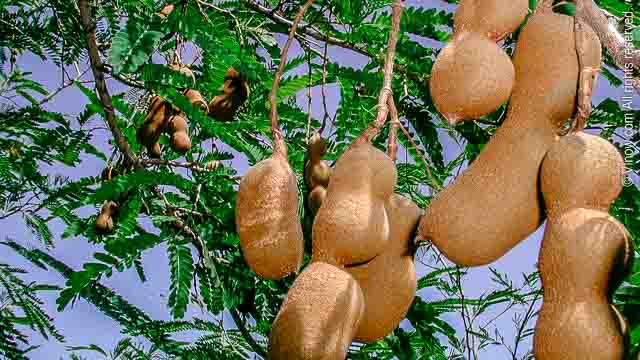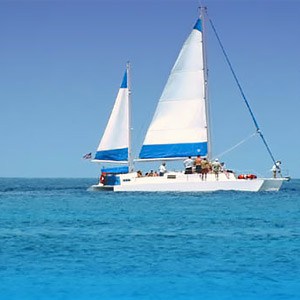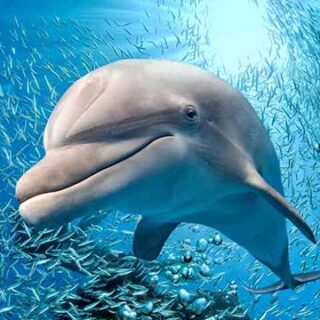Mongoose is a name for a large number of small, carnivorous mammals of the civet family. They are originally from Asia and Africa, but were brought to the Virgin Islands in the 1800’s as a method for controlling rat populations on sugar plantations. The mongoose adapted very well and are now common.
The mongoose species that is found in the Virgin Islands is known as Herpestes Auropunctatus or the small Indian mongoose. The original distribution of the small Indian mongoose is Afghanistan, Bangladesh, Bhutan, China, Burma, Cambodia, India and other countries in Asia. Today they are found on some of the Hawaiian islands and are well established on many Caribbean islands like Anguilla, Puerto Rico, Cuba, Jamaica and the Virgin Islands. Other mongoose species live in Africa; in fact the Egyptians domesticated them and considered them sacred. The marsh mongoose of Africa is known to live near water. The meerkat is a social mongoose of the South African grasslands and they live in large groups.
The small Indian mongoose, found in the Virgin Islands, is a weasel-like, slender animal with short legs and small rounded ears located on the side of its pointed head/face. They range in length from 1.5 feet to 3.5 feet including the tail. They have short fur and are usually dark brown. They are fierce, active hunters that feed on a number of ground living animals, eggs and some fruits/vegetation. They can live in a variety of habitats but in the Virgin Islands they live primarily in rock crevices and holes.
They are known for their ability to kill snakes. This trait led to the demise of indigenous snakes and other small ground living fauna in the Virgin Islands. While the intent of importing the mongoose to the Virgin Islands was to control rats on plantations the two animals rarely met. The small Indian mongoose is active in daylight and rats at night.
Mongooses have a high rate of reproduction and often breed two or three times a year with liters of around three. Females can reproduce at a young age, 10 weeks, and can produce up to 36 individuals in her short four year life span. Mongoose are usually solitary, with the only notable social unit being a mother and her young.
With a great ability to adapt to new surroundings, a high rate of reproduction and without natural predators the mongoose population thrives in the Virgin Islands.
The mongoose is often used in local children’s stories and as mascots/names for shopping centers, advertising firms and anti-litter groups in the Virgin Islands. Their negative effects on the ecology of the islands however condemn the mongoose to being considered a pest. The small Indian mongoose is listed as one of the top 100 of the world’s worst invaders. This is based on their effect on native animals, damages to poultry, extinctions of amphibians, reptiles and native birds and health concerns. In the Virgin Islands the mongoose is held responsible for decimating native insect and ground animal populations and putting some lizards and snakes on the route to extinction. In the West Indies in general the mongoose is held responsible for 7 extinctions.
While the mongoose presents ecological issues in the Virgin Islands it has adapted very well to its new environment and has become a regular in island fauna. It is not unusual to see two, three, four of them scurrying along in the bushes in the Virgin Islands National park, in populated areas around garbage cans where they might find “free” food and close to beaches. And what do you call it when you see more then one mongoose; Mongeese? Mongooses? Or maybe Mongoose-Dem?
Hope you have enjoyed learning about the Mongoose; Click Here to Learn More about Local Flora and Fauna.

